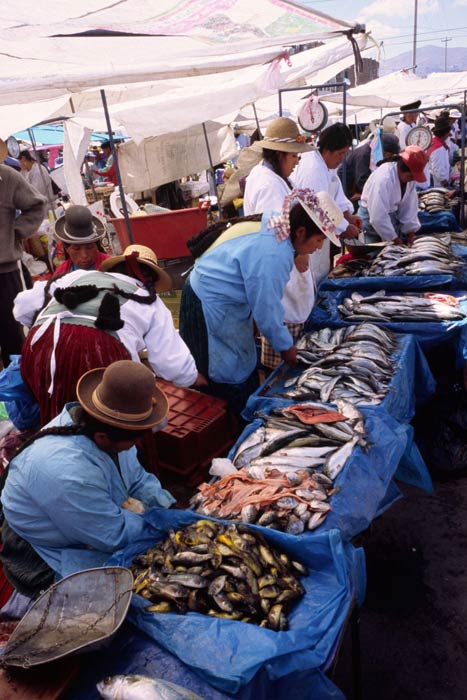Ancient recipes and indigenous ingredients

Your support helps us to tell the story
From reproductive rights to climate change to Big Tech, The Independent is on the ground when the story is developing. Whether it's investigating the financials of Elon Musk's pro-Trump PAC or producing our latest documentary, 'The A Word', which shines a light on the American women fighting for reproductive rights, we know how important it is to parse out the facts from the messaging.
At such a critical moment in US history, we need reporters on the ground. Your donation allows us to keep sending journalists to speak to both sides of the story.
The Independent is trusted by Americans across the entire political spectrum. And unlike many other quality news outlets, we choose not to lock Americans out of our reporting and analysis with paywalls. We believe quality journalism should be available to everyone, paid for by those who can afford it.
Your support makes all the difference.Peruvian food is among the least known but most tasty in the world. The fish-rich coastal ocean here is partly responsible for this, but equally important is the diverse cultural mix that makes up modern Peru. This fabulous blend combines ancient recipes and indigenous ingredients with the Hispano-Mediterranean influences of the Conquistadors plus touches of African, Chinese and even Italian which have crept in over the centuries due to slavery and European social upheavals.
Taken and shaken together with Peru's multiplicity of flavoursome foodstuffs, this copious cultural combination gives us comida criolla, the meal integral to all kitchens in Peru: coastal, Andean and Amazon. Effortlessly, cooks everywhere prepare – always with fresh ingredients – such dishes as ají de gallina (chillied chicken with rice).
Peru also serves up the best ceviche in the world. This dish of marinated seafood is naturally best on the coast: opulent yields of Pacific ocean fish and seafood can be seen every morning in Peru's coastal markets. In Lima and along the north coast the ceviche is excellent, and at Tumbes in the very north it reaches heights of delight with conchas negras (black clams) as the main ingredient.
Ceviche is rooted in centuries of tradition, and a more recent innovation – novo andino cuisine. As the name suggests, it is new and inventive, but is based on tradition: common ingredients are alpaca, cuy (guinea pig) and creative salsas.
The 21st century has seen an inspired revival of Lima restaurants. The majority are based in the Miraflores district, but some of the most inventive are found in the triangle of backstreets between Bellavista and Jirón Berlin – one even providing acrobatic performance between courses.
Lima's most acclaimed restaurant combines criolla with Mediterranean style – the stylish Astrid y Gastón (Cantuarias 175, Miraflores, Lima; 00 51 1 242 5387; www.astridygaston.com) is a trendy colonial-style signature restaurant run by world-renowned Peruvian chef Gastón Acurio.
The fabulous Señorío de Sulco (Malecón Cisneros 1470, Miraflores, Lima; 00 51 1 441 0183; www.senoriodesulco.com) works to preserve the culinary heritage of Peru, serving criolla with flourish.
Virtually all the best restaurants in Cusco – and there are many – are within walking distance of the main plaza. The traditional, La Quinta Eulalia (Calle Choquechaca 384, Cusco; 00 51 84 234 495), based in the courtyard of an old house, serves tasty trout and the more challenging cuy chactado – stone-flattened and fried guinea pig with maize tamales (pictured left) and red-hot rocoto (chilli).
Join our commenting forum
Join thought-provoking conversations, follow other Independent readers and see their replies
Comments